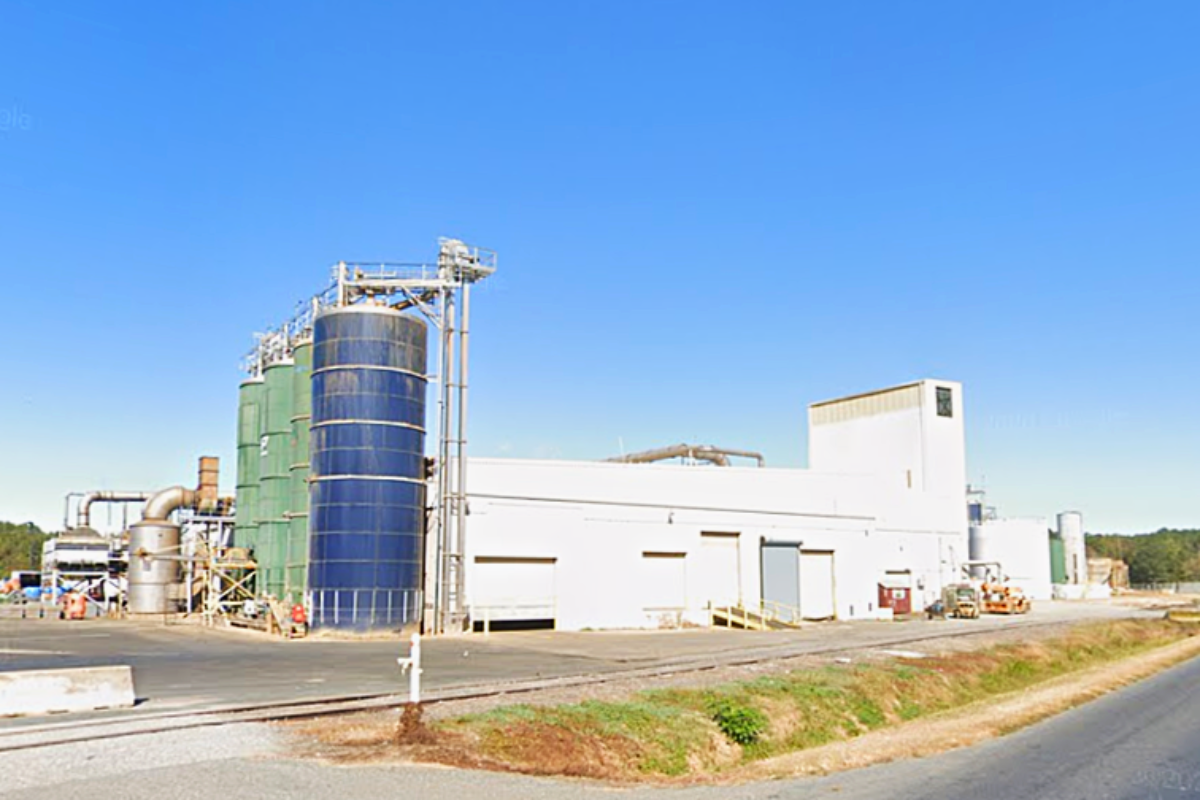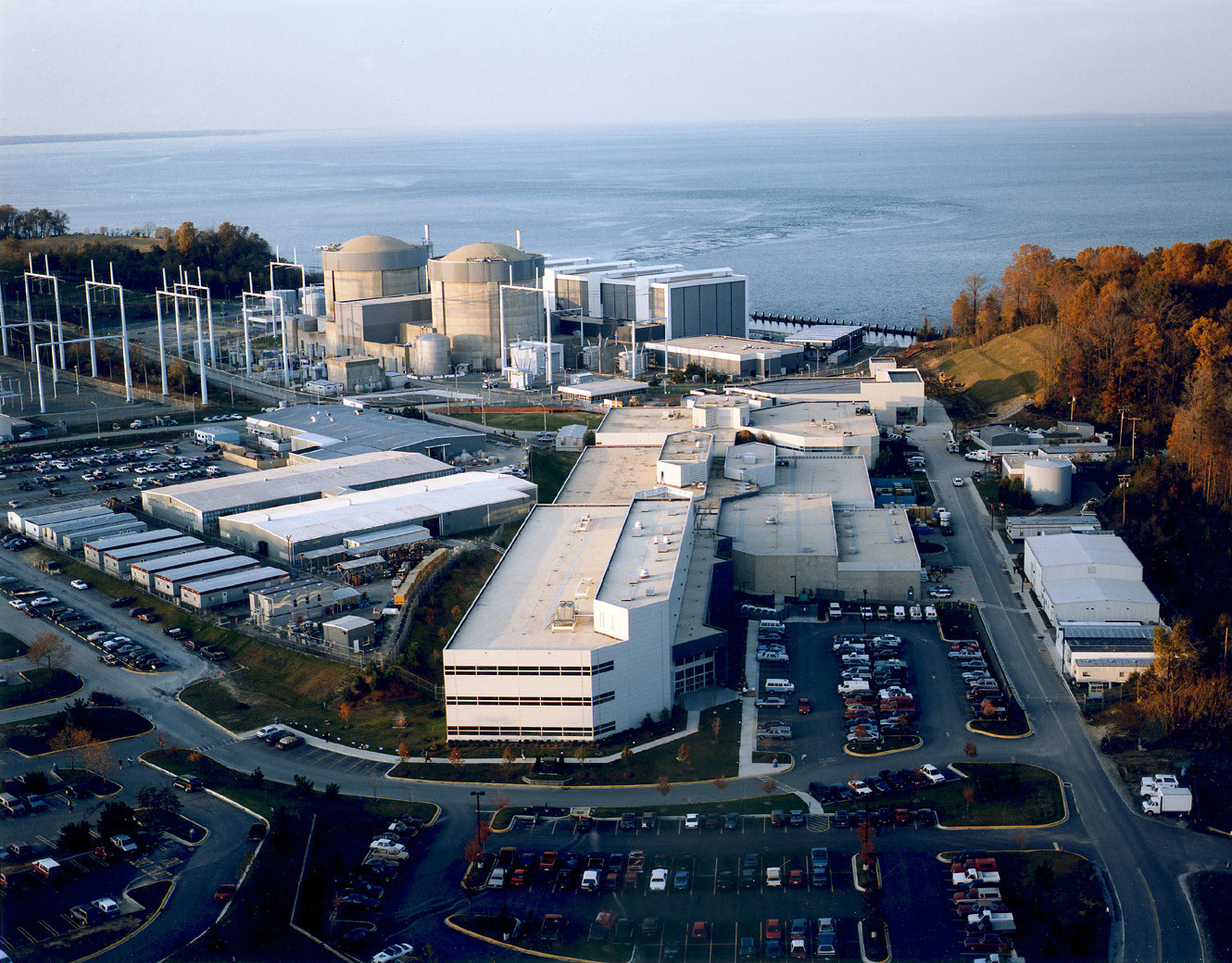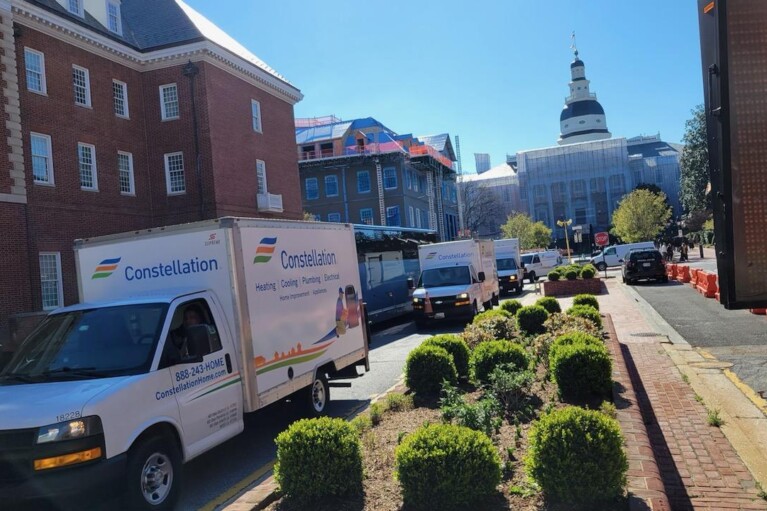Maryland approves expansion of Eastern Shore poultry rendering plant, despite pollution history

By Timothy B. Wheeler
Maryland state regulators have approved expansion of a controversial poultry rendering plant on the Eastern Shore that just four months ago settled lawsuits accusing it of polluting a Chesapeake Bay tributary for years.
The state Department of the Environment in late December renewed the discharge permit for the Valley Proteins Inc. rendering plant at Linkwood. The permit will allow a nearly four-fold increase in the amount of wastewater the facility can release into the Transquaking River, a nutrient-impaired Bay tributary in Dorchester County.
MDE spokesman Jay Apperson said the permit imposes “substantial reductions” in pollution levels in the discharges. Regulators have added more conditions beyond what had been initially proposed in 2021 in response to public comments, he said, including requiring more monitoring and adequate staffing of the company’s wastewater treatment operation.
Environmental activists, though, complained that MDE, in approving this permit, has put the company’s needs ahead of restoring water quality in the Transquaking.
“There may be some improvement here, but not enough,” said Fred Pomeroy, an oyster farmer who is president of Dorchester Citizens for Planned Growth. He said MDE was “blatantly wrong” to let Valley Proteins increase its maximum daily discharge from 150,000 gallons to 575,000 gallons, given the chronic pollution problems at the Linkwood plant. “They have not earned a fourfold increase,” he said.
Neighbors and environmental groups have complained for years about the Valley Proteins facility, which takes up to 4 million pounds of chicken entrails and feathers daily from poultry processing plants and renders them into pet food.
They also faulted the state for failing to address multiple violations at the plant over the past decade and for letting it continue to operate with an outdated wastewater treatment system under a discharge permit that expired in 2006. Those permits are supposed to be reviewed and updated every 5 years, but MDE had a backlog last year this time of nearly 200 so-called “zombie” permits.
The state and environmental groups sued the company in February 2022 after one organization, ShoreRivers, captured drone images showing a discolored discharge coming from Valley Proteins’ outfall into a waterway leading to the Transquaking. The visual evidence prompted MDE to inspect and briefly shut down the plant after finding more violations.
The company settled those lawsuits in a Sept. 12 consent decree, in which it promised to fix wastewater treatment violations and curb polluted runoff from the site. It also agreed to pay a $540,000 penalty to the state, plus another $160,000 to the environmental groups for water quality monitoring and restoration.
In a 2021 public hearing and through dozens of written comments, critics called for MDE to impose more stringent limits on the plant and not let it expand until it shows it can meet them. To their disappointment, MDE did not set any such conditions.
“There’s no stopgap or check in place where if noncompliance continues, should they still be allowed to increase their flow?” said Matt Pluta, director of riverkeeper programs at ShoreRivers.
MDE had put out a press release in September 2021 announcing its tentative decision to renew Valley Proteins’ permit with stricter discharge limits. The agency let its final decision be known by posting a pair of legal notices in the local Dorchester County newspaper earlier this month.
In a lengthy written response to public comments, MDE said the company’s request to expand met state regulations. The plant will have to meet “substantially stricter” pollution limits in its discharge following a three-year “compliance period,” during which it is expected to upgrade its treatment system. After that, MDE said the company may increase its discharge.
Doug Myers, senior Maryland scientist with the Chesapeake Bay Foundation, said MDE had “thrown a bone or two” to critics in its final permit, notably by requiring fish-sustaining oxygen levels to be higher in the plant’s discharge. But other limits the company must meet are largely unchanged from what they had been in the old permit, he contended.
MDE’s permit does propose to lower overall nutrient discharges after the first three years.
Once the plant’s treatment system is upgraded, its annual discharge limits will be 44% lower for nitrogen and 79% lower for phosphorus, according to MDE. Those two nutrients are generally responsible for algae blooms, oxygen depletion and fish kills in the Bay and its tributaries.
The Transquaking, like most Bay tributaries, suffers from excessive nutrient levels, mainly from runoff or seepage from farmland. The Valley Proteins discharge flows downstream into a dammed stretch of the river known as Higgins Millpond. Locals say the poorly flushed impoundment suffers from poor water quality, diminished fish and outbreaks of toxic blue-green algae, which have poisoned family pets and led to no-swimming warnings.
MDE said it was taking a closer look at water quality in the millpond and would modify the Valley Proteins permit if its assessment indicated tighter discharge limits are warranted. But it said its modeling at this time indicates the pond would be impaired even if the rendering plant wasn’t there.
Suann Guthrie, spokesperson for Darling Ingredients, the Texas-based company that bought Valley Proteins last year, said: “We are committed to continuing to work closely with the Maryland Department of Environment to ensure the Linkwood facility is in full compliance with all relevant rules and regulations.”
Pomeroy, the Dorchester group president, said the Transquaking is hurt not only by Valley Proteins’ discharges but also by the spreading of semi-solid sludge from the plant’s treatment system on nearby farm fields. One day last year, he said, “truck after truck” was spreading the material across a field close to the river while it was raining, conditions that make it likely to become runoff.
The MDE permit does say the company must report where its sludge shipments go and specifies that the nutrient-rich material must be applied “appropriately” so rain won’t wash it into nearby streams. But ShoreRivers’ Pluta said that provision is toothless because MDE does not regulate the use of sludge on farm fields.
Environmental groups said they were weighing legal action to challenge the permit. Beyond that, they said, they hope the new administration of Gov. Wes Moore follows through on a campaign pledge to beef up enforcement at MDE. In the budget he presented Jan. 20, Moore proposed adding 67 new positions at MDE to deal with wastewater and drinking water permitting and oversight.




 Creative Commons Attribution
Creative Commons Attribution